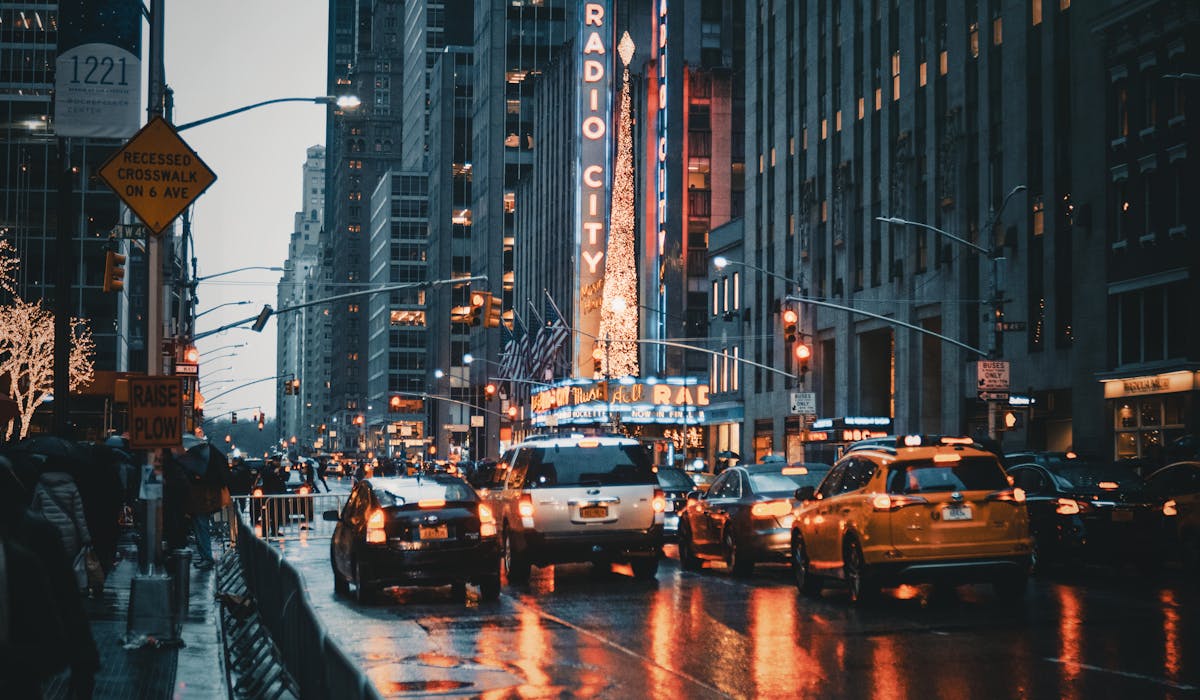How Framing Streets can Save You Time, Stress, and Money.
9 Easy Facts About Framing Streets Described
Table of ContentsThe 6-Minute Rule for Framing StreetsThe Best Strategy To Use For Framing StreetsThings about Framing Streets4 Simple Techniques For Framing StreetsFraming Streets for BeginnersLittle Known Facts About Framing Streets.
Photography style "Crufts Pet dog Show 1968" by Tony Ray-Jones Road photography (additionally sometimes called candid digital photography) is digital photography carried out for art or query that features unmediated chance encounters and random events within public locations, usually with the aim of catching pictures at a crucial or poignant moment by mindful framework and timing. 
As a result his boots and legs were well defined, however he is without body or head, due to the fact that these remained in movement." Charles Ngre, waterseller Charles Ngre. https://framing-streets.creator-spring.com/ was the first photographer to obtain the technological sophistication required to register individuals in activity on the road in Paris in 1851. Digital Photographer John Thomson, a Scotsman functioning with reporter and social lobbyist Adolphe Smith, released Road Life in London in twelve month-to-month installments beginning in February 1877
The Ultimate Guide To Framing Streets
Eugene Atget is considered as a progenitor, not since he was the very first of his kind, but as a result of the popularisation in the late 1920s of his document of Parisian roads by Berenice Abbott, that was motivated to embark on a similar paperwork of New York City. [] As the city developed, Atget helped to advertise Parisian streets as a deserving subject for digital photography.

Our Framing Streets Statements
Martin is the very first videotaped professional photographer to do so in London with a masked video camera. Mass-Observation was a social study organisation founded in 1937 which aimed to tape everyday life in Britain and to tape the responses of the 'man-in-the-street' to King Edward VIII's abdication in 1936 to marry divorce Wallis Simpson, and the succession of George VI. In between 1946 and 1957 Le Groupe des XV each year exhibited work of this kind. Andre Kertesz. Circus, Budapest, 19 May 1920 Road photography created the significant material of two exhibitions at the Museum of Modern Art (Mo, MA) in New York curated by Edward Steichen, Five French Digital Photographers: Brassai; Cartier-Bresson, Doisneau, Ronis, Izis in 1951 to 1952, and Post-war European Digital Photography in 1953, which exported the idea of street photography worldwide.

The Greatest Guide To Framing Streets
The recording maker was 'a hidden electronic camera', a 35 mm Contax concealed below his layer, that was 'strapped to the chest and connected to a lengthy wire strung down the best sleeve'. Nonetheless, his job had little contemporary effect as due to Evans' sensitivities concerning the originality of his project and the personal privacy of his subjects, it was not published until 1966, in guide Numerous Are Called, with an introduction written by James Agee in 1940.
Helen Levitt, then a teacher of children, connected with Evans in 193839. She recorded the temporal chalk drawings - Best Zoom Lens that belonged to kids's road society in New York at the time, as well as the children that made them. In July 1939, Mo, MA's brand-new photography section consisted of Levitt's job in its inaugural exhibitionRobert Frank's 1958 book,, was substantial; raw and often indistinct, Frank's pictures questioned mainstream photography of the time, sony a9iii "tested all the official policies laid down by Henri Cartier-Bresson and Walker Evans" and "flew in the face of the wholesome pictorialism and wholehearted photojournalism of American publications like LIFE and Time".